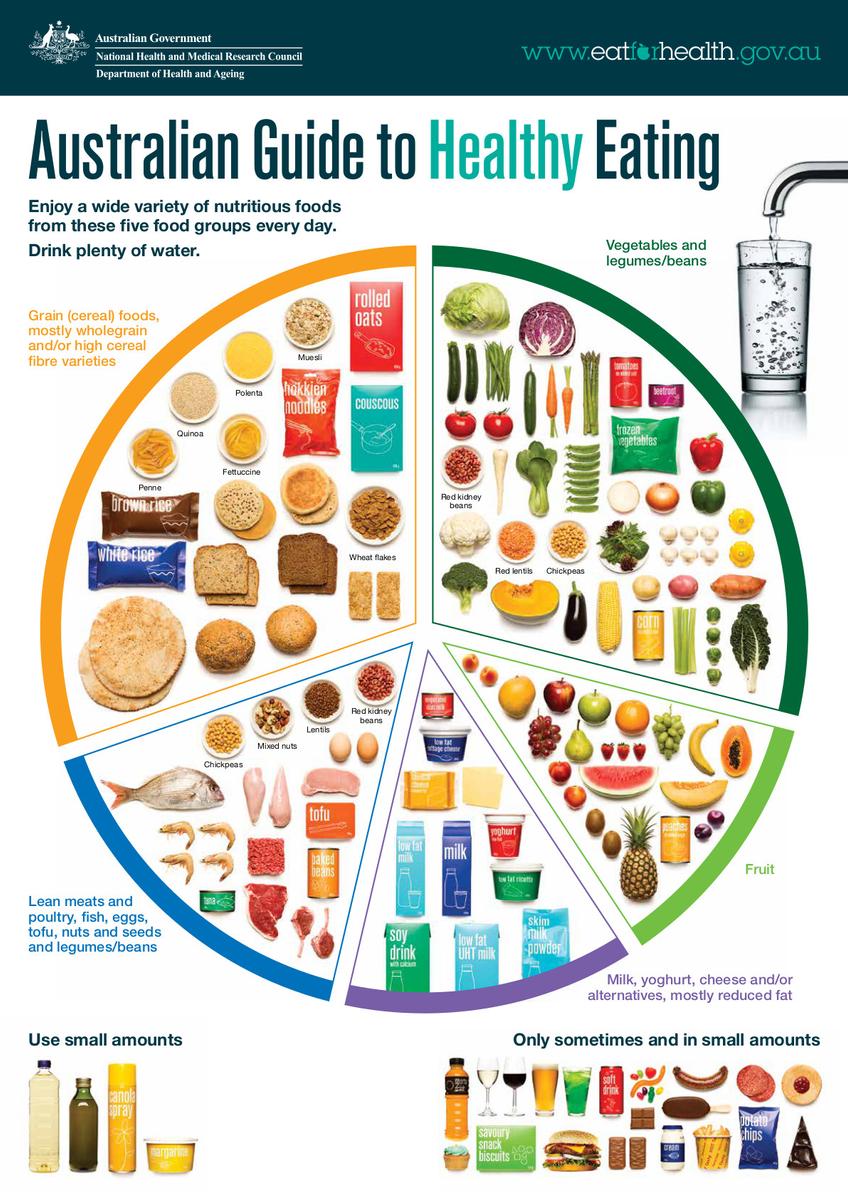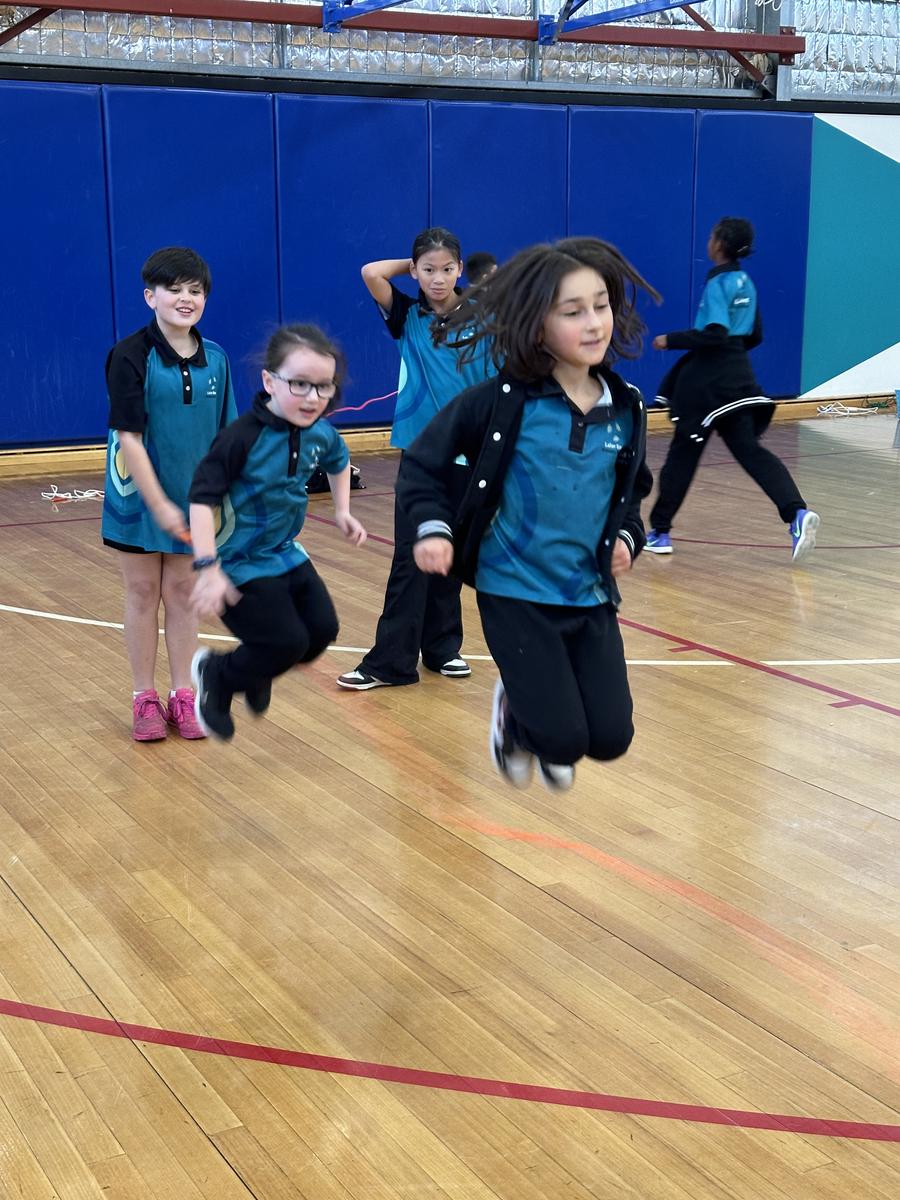From the Principal

The link between sugary snacks and student behaviour
We have been concerned about the behaviour of some of our Prep-2 students and have been making lots of adjustments to try to help them to make better choices and reduce lost learning time. I recently spent time with some younger students who have been having some issues in the yard. While we were talking about making positive choices in the yard, I noticed one student had 7 sweet treats to eat as his snack at 1:40pm before going out to play soccer. There is no doubt that eating 7 sugary treats would have had a big impact on his blood sugar levels and not in a positive way.
Children eat more sugary treats now than any other time in history. According to some nutritionists, sugary treats make up 17% of the food children consume each day. A child's sugar intake should not exceed the equivalent of 6 teaspoons or 25 grams a day. This includes sugar which comes from natural sources (fruit, honey, milk) as well as man made ones.
Most mini/fun size snacks, KitKat, Twix, Mars, have 4-5 grams of sugar. This means the student who had 7 sugary snacks last week had the equivalent of 28 grams of sugar just for that 'meal'. And in shocking news for me, my favourite, Furry Friends have 11.2 grams per Furry Friend!!! I will have to rethink how many of those I should be eating!
Now, I am not saying we should ban sugary treats. I love a chocolate treat just as much others do! But treats need to be in moderation and balanced with other healthier food options. I know children are very good at nagging to get what they want and it may take a few weeks to reduce the number of 'sweet snacks' you provide. We always have plenty of cheese sandwiches at school and often have fruit which we are happy to provide for students if they are feeling hungry.
Other healthier snacks which could be included in lunch boxes could include:
- carrot and celery sticks
- cucumber slices
- string cheese
- yoghurt cups
- hard boiled eggs
- apple slices
- popcorn (plain, not coloured).
We all want children to do well at school and to do this, their brains need a healthy balanced diet which includes grains, vegetables and legumes/beans, fruit, dairy or dairy alternatives, lean meats, poultry, fish and of course drink lots of water. I have included the Australian Guide to Healthy Eating below which shows the variety of foods we need to eat to be healthy and the 'portion' of each food type we should eat each day.
Jump Rope for Heart
Thank you to all the families who joined us on Tuesday afternoon for our annual Jump Rope for Heart event. It is always lovely when we can come together as a community for some fun!
Shout out to Mr Sharples for arranging the event and to the All Stars Team for their impressive skipping display. I can't manage to run in when the rope is turning let alone do push ups or cartwheels while also jumping the rope!
LINDA RICHARDS
Principal



